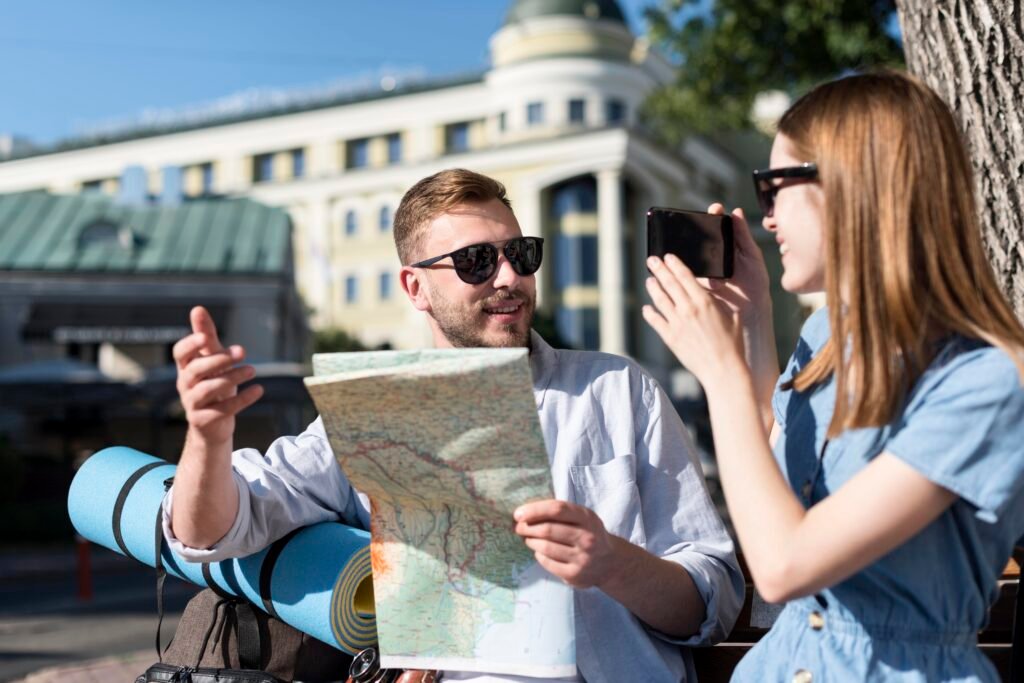Wayfarer Weekly: Tracking Global Travel Routes
Wayfarer Weekly has emerged as a comprehensive source of travel-focused insights, offering updates on mobility patterns, cultural trends, and international connections. In a world where travel routes constantly evolve, Wayfarer Weekly provides clarity for those who rely on up-to-date information. From aviation routes and maritime shipping channels to overland transit pathways, the coverage reflects both historical context and present-day shifts.
This article explores global travel routes in detail, framed through the reporting lens of Wayfarer Weekly. By analyzing how land, sea, and air routes have developed and continue to change, we can understand the interplay of geography, infrastructure, and human movement.
The Historical Basis of Travel Routes

Ancient Pathways and Trade Networks
Human history has long been shaped by movement. Early travel was dictated by geography—river valleys, mountain passes, and coastal trails. Ancient networks such as the Silk Road connected East and West, while maritime links between the Mediterranean and the Indian Ocean created cultural and commercial exchanges. Wayfarer Weekly often highlights these historical routes, reminding readers that modern travel builds on centuries of exploration.
Maritime Routes and Exploration
The Age of Exploration introduced new maritime pathways that connected continents. These sea routes, once hazardous, became the backbone of international commerce. Today, while aviation dominates passenger travel, maritime corridors remain vital for global trade. Wayfarer Weekly notes that many modern shipping lanes mirror these early explorations, reinforcing the continuity of travel patterns.
Modern Air Travel Networks
Aviation as a Global Connector
Air travel is the dominant mode of long-distance mobility. Hub airports like Dubai, London Heathrow, and Singapore Changi serve as connecting points for millions of travelers. Wayfarer Weekly often reports on these hubs, analyzing their role in reshaping global travel patterns. For example, a single hub can redirect traffic flows, making certain regions more accessible than others.
Expanding Flight Corridors
Low-cost carriers have expanded access to regional and international destinations. As reported by Wayfarer Weekly, this growth has redefined travel for both leisure and business. Short-haul routes between neighboring countries and long-haul flights connecting continents demonstrate the flexibility of aviation networks.
Airspace Regulations and Adjustments
Air travel also reflects geopolitical realities. Airspace closures or new flight corridors influence how airlines design routes. Wayfarer Weekly documents these changes, allowing travelers and industry professionals to understand how global events shape aviation pathways.
Maritime Travel and Shipping Corridors
Commercial Shipping
Over 80% of global trade moves by sea. Major shipping lanes, such as the Suez Canal and Panama Canal, remain critical. Wayfarer Weekly highlights how shifts in maritime policies or natural disruptions—such as blocked canals or extreme weather—impact global logistics.
Passenger Ferries and Cruise Routes
Passenger ferry networks connect islands and coastal cities, serving as lifelines for communities. Similarly, cruise routes offer recreational travel across regions such as the Mediterranean and Caribbean. Wayfarer Weekly provides updates on these maritime networks, ensuring travelers understand both convenience and logistical changes.
Environmental Considerations
Shipping routes increasingly face environmental regulation. Reduced emissions targets and sustainable marine practices are reshaping how ships navigate international waters. Wayfarer Weekly reports on these adjustments, offering perspectives on long-term travel sustainability.
Overland Travel and Cross-Border Connections
Rail Networks
Rail remains a foundational aspect of overland travel. High-speed rail projects in Europe and Asia have reshaped regional mobility. Wayfarer Weekly documents such developments, including the Belt and Road railway initiatives connecting Asia to Europe.
Road Travel and Highways
Highway networks enable both tourism and commerce. Transcontinental highways, such as the Pan-American Highway, represent extensive travel corridors. Reports from Wayfarer Weekly analyze the maintenance, expansion, and accessibility of these road networks.
Border Crossing Guidelines
Overland travel is often subject to regulations at national borders. Passports, visas, and checkpoint systems affect the ease of movement. Wayfarer Weekly provides updates on evolving policies, ensuring travelers stay informed about requirements for entry and transit.
Regional Perspectives in Wayfarer Weekly
Europe
In Europe, interconnected rail and road networks enable seamless cross-border mobility. Wayfarer-Weekly tracks policy adjustments under the Schengen Agreement, as well as transportation innovations such as night trains and low-emission zones.
Asia
Asia’s travel routes are dynamic, shaped by rapid infrastructure growth. High-speed rail in China, transnational highways in Southeast Asia, and regional aviation hubs create diverse mobility options. Wayfarer Weekly frequently reports on Asia’s expanding role in global travel.
The Americas
From North America’s extensive roadways to South America’s growing aviation corridors, the Americas feature complex travel patterns. Wayfarer Weekly explores topics such as visa agreements, regional airline expansions, and intercity bus systems.
Africa
Africa’s travel networks are expanding through rail and aviation projects. Wayfarer Weekly covers developments such as the Addis Ababa–Djibouti Railway and growing aviation hubs in Nairobi and Johannesburg.
Technology and Travel Routes
Digital Navigation Tools
Modern travelers rely on digital platforms for route planning. GPS navigation, mobile apps, and online maps enhance accessibility. Wayfarer Weekly provides updates on the role of technology in shaping travel decisions.
Real-Time Updates
Digital communication enables real-time updates on delays, closures, or reroutes. This aspect of modern travel, as highlighted in Wayfarer-Weekly, ensures that passengers and businesses adapt quickly to disruptions.
Smart Infrastructure
From automated toll roads to intelligent railway systems, infrastructure is becoming more integrated with technology. Wayfarer Weekly documents these advancements, offering readers a clear view of the evolving travel environment.
Cultural Dimensions of Travel Routes
Pilgrimage Paths
Some routes are deeply tied to cultural or religious traditions. Examples include the Camino de Santiago in Spain or the Hajj routes to Mecca. Wayfarer Weekly often reflects on these pathways as a reminder of the cultural significance of travel.
Tourism Corridors
Tourism boards often promote specific routes—wine trails, coastal drives, or scenic railways. These corridors contribute to cultural identity and economic growth. Wayfarer-Weekly highlights such initiatives, providing insights into regional travel marketing strategies.
Challenges Affecting Travel Routes

Geopolitical Factors
Borders, conflicts, and diplomatic agreements influence how routes operate. Wayfarer Weekly closely monitors these developments to provide accurate travel news.
Environmental Changes
Climate events such as floods, storms, and wildfires alter or restrict travel corridors. Reports from Wayfarer Weekly highlight the resilience of infrastructure under such pressures.
Economic Considerations
Costs of fuel, ticket pricing, and infrastructure investments shape travel accessibility. Wayfarer Weekly presents neutral analysis of these shifts without assigning judgment, ensuring clear reporting.
The Future of Travel Routes in Wayfarer Weekly
Integration Across Modes
Future travel will increasingly integrate air, sea, and land networks. Multimodal hubs may allow passengers to switch seamlessly from flights to railways or ferries. Wayfarer Weekly anticipates and reports on such transitions.
Sustainability Initiatives
Environmental priorities will continue shaping future routes. Electric buses, hydrogen trains, and low-emission shipping corridors are under development. Wayfarer Weekly Travel News follows these innovations closely.
Expanding Accessibility
As infrastructure projects expand into underserved regions, accessibility will improve globally. Wayfarer Weekly consistently documents these expansions, offering detailed coverage for global readers.
Conclusion
Wayfarer Weekly serves as a vital guide for understanding the continuous evolution of global travel routes. By examining air, sea, and land pathways, the publication provides readers with a structured overview of how mobility connects regions, shapes economies, and reflects cultural traditions. From historical trade corridors to modern digital navigation, Wayfarer-Weekly captures the complexity of global travel in a clear, neutral manner.
As travel networks continue to adapt to environmental, technological, and political factors, Wayfarer-Weekly will remain an essential resource for travelers, planners, and readers interested in global mobility.